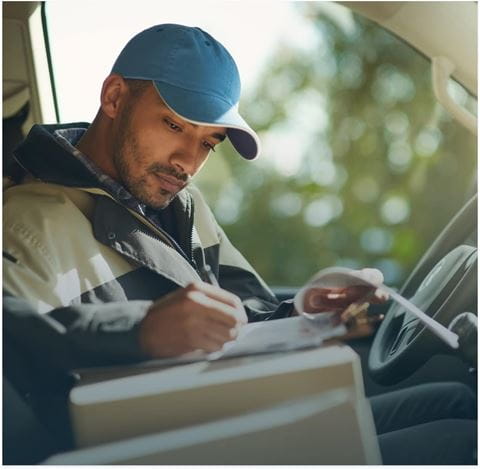
ALD Electric
Transition to electric vehicles with ALD Electric
ALD Electric offers a holistic approach to the powertrain shift with 14 tailored products and services to ease your electric vehicle transition. We work with you to support your organisation’s unique Road to Zero journey.
On your terms, we help you select the ALD Electric solutions that enable a smooth transition to a zero-emissions fleet.
Investigate the benefits of ALD Electric
Some of our EV-focused products
Are you ready to electrify your fleet?
Why switch to electric vehicles?
Transitioning your fleet to cleaner vehicles is increasingly critical due to climate change and health impacts from CO2 and NOx pollution. Governments worldwide are acting to reduce air pollution.
In the UK, initiatives like London’s ULEZ, Clean Air Zones, and the Government’s Ten Point Plan aim to cut road emissions. The biggest change is the Government’s move to end petrol and diesel vehicle sales by 2030 instead of 2040, signalling fleets must adapt within two renewal cycles. Electric vehicles will soon dominate.
Together, we’ll help transition your fleet to EVs and cut your carbon footprint.






